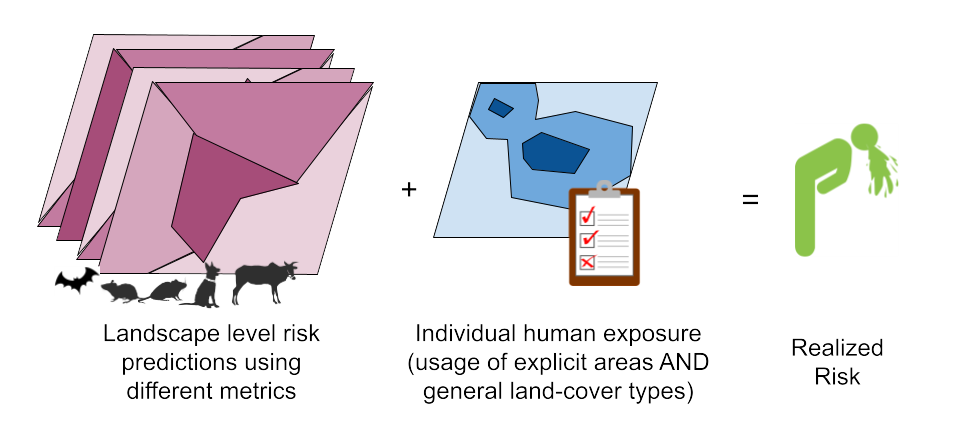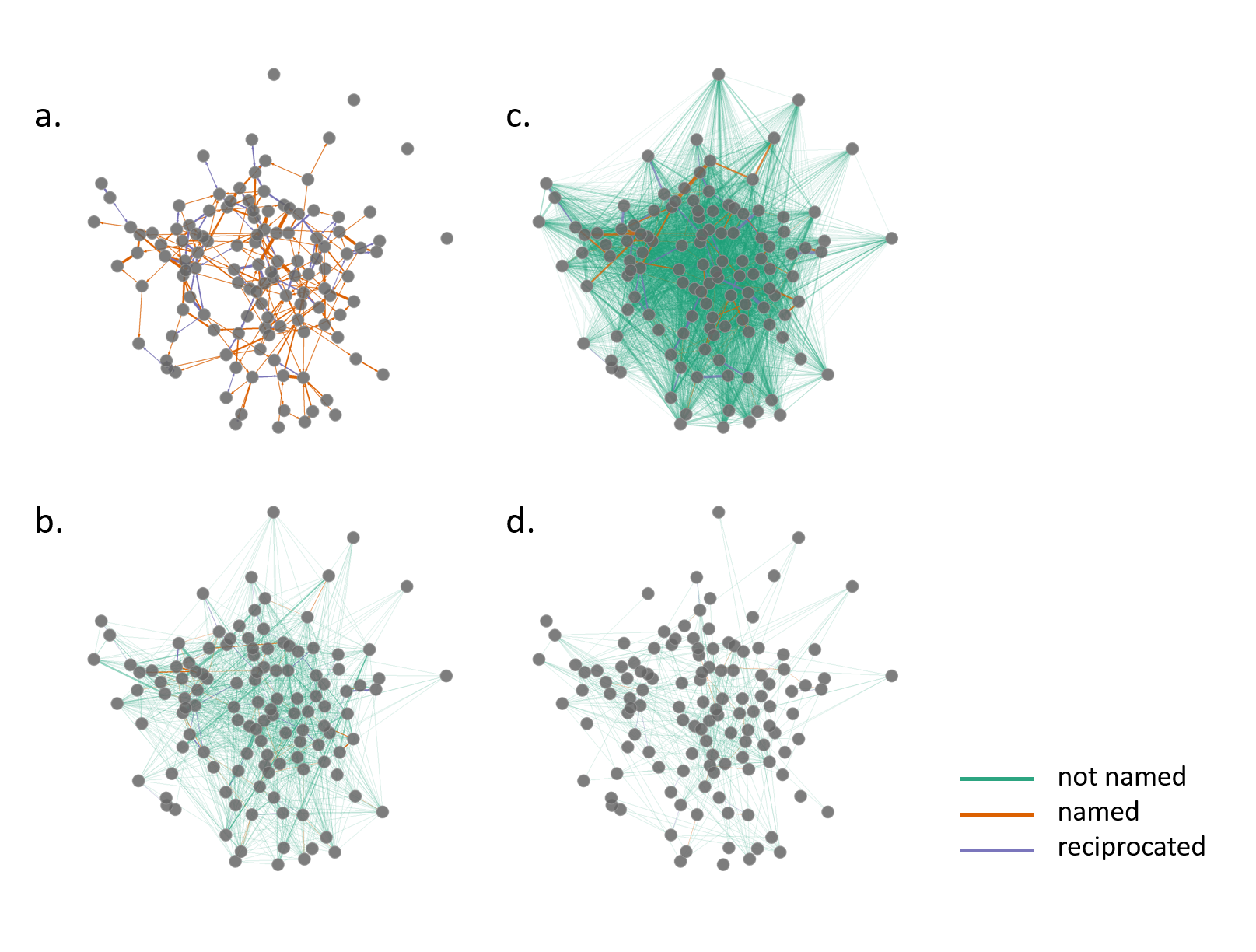Research
Current Projects
As of March 2024
Manipulating multi-species Leptospira prevalence

Leptospirosis is a globally distributed disease that disproportionately affects impoverished communities, such as subsistence farmers. Humans are most commonly exposed to the Leptospira bacterium through contact with the urine of an infected animal, such as a dog or rat, either directly or indirectly through contaminated water. During Leptospira outbreaks, a commonly recommended public health measure to prevent human infections is to vaccinate dogs; however, the efficacy of this measure has never been tested.
Does vaccinating dogs against Leptospira lower infection prevalence in humans and rats? To answer this question, we vaccinated >75% of dogs living in a rural village in Madagascar against Leptospira, then monitored dogs, humans, and small mammals living in that village over the next year. I am also approaching this question from a theoretical standpoint using SIR and agent-based models to understand the mechanism by which the vaccination campaign impacted community- and individual-level prevalence of Leptospira infections.
See more about this work in my forthcoming publication.
Realization of zoonotic “landscape of risk” metrics into human infections

How closely do “landscape of risk” metrics of human and domestic animal exposures map to realized risk (infections) in humans and other incidental hosts across a suite of parasites? How important are landscape-level risk metrics versus environmental risk metrics in predicting realized risk in humans? Is quantifying the landscape of risk a useful metric for assessing spillover risk?
To answer these questions, I am working across a suite of samples from small mammals, domestic animals, and people living and working across a fragmented landscape in rural northeastern Madagascar. Human land use alters the ecological communities — including which and how many parasites and infected hosts live there — thus altering patterns of multi-host parasite sharing.
I use infection and remotely sensed environmental data to build models of “landscape-level” risk of these various habitat types. Then use a combination of real and simulated human movement data to quantify exposure risk and test if that risk translates into a higher probability of infection.
Demographics and Land Use

Understanding how socio-demographic factors influence people’s movements across the landscape in rural agricultural settings is crucial to public health, food security, and livelihood resilience. However, these critical human-environment interactions are typically studied using survey data, which only weakly correspond to individuals’ true movement patterns. We combined GPS-based methods from the field of movement ecology with traditional demographic survey-based approaches to investigate how demographic traits of rural Malagasy farmers vary with home range size (the size of the land area where people live and carry out routine livelihood activities) and the use of different land cover types.
We found striking differences by gender and socioeconomic status between land cover types, with women spending more time in the village, men of lower socioeconomic status spending more time in crop fields, and men of higher socioeconomic status spending more time in secondary forest. Our findings reveal strong connections between socio-demographic variables and movement patterns, which are important for developing sustainable solutions to prevent deforestation, protect individual health, increase food security, and improve livelihood resilience.
Past Projects
Building networks of people, animals, and infections in northeastern Madagascar

As part of the team effort to understand the ecological, social, and environmental determinants of disease in 3 communities in rural northeastern Madagascar, I built networks connecting people and animals to each other and their shared environments. The first results of this work were reported in Kauffman et. al, 2022 and Evans et. al, 2023 used these networks to simulate COVID-19 testing strategies in a resource-poor setting.
Master’s Thesis
My Master’s thesis was on Adenovirus Hemorrahagic Disease, which infects deer, elk, and moose in the Western United States. I used archived samples to compare the distributions of genotypes of this virus across its range, as a first step towards explaining the observed differences in disease severity. I also studied maternal transmission of the virus in mule deer, to further our understanding of how the virus is maintained in a population and its potential impacts on neonates (Kauffman et. al, 2020).